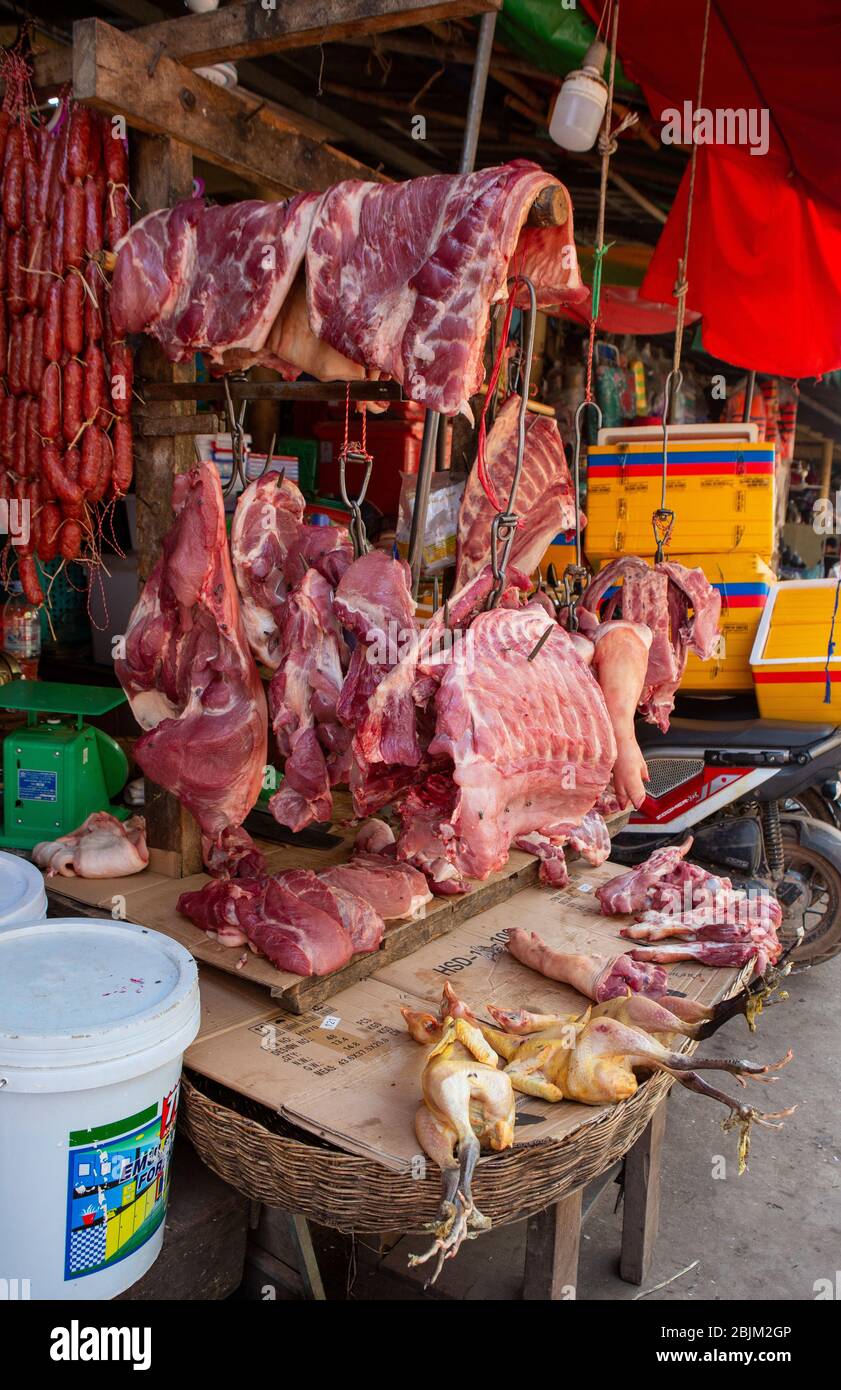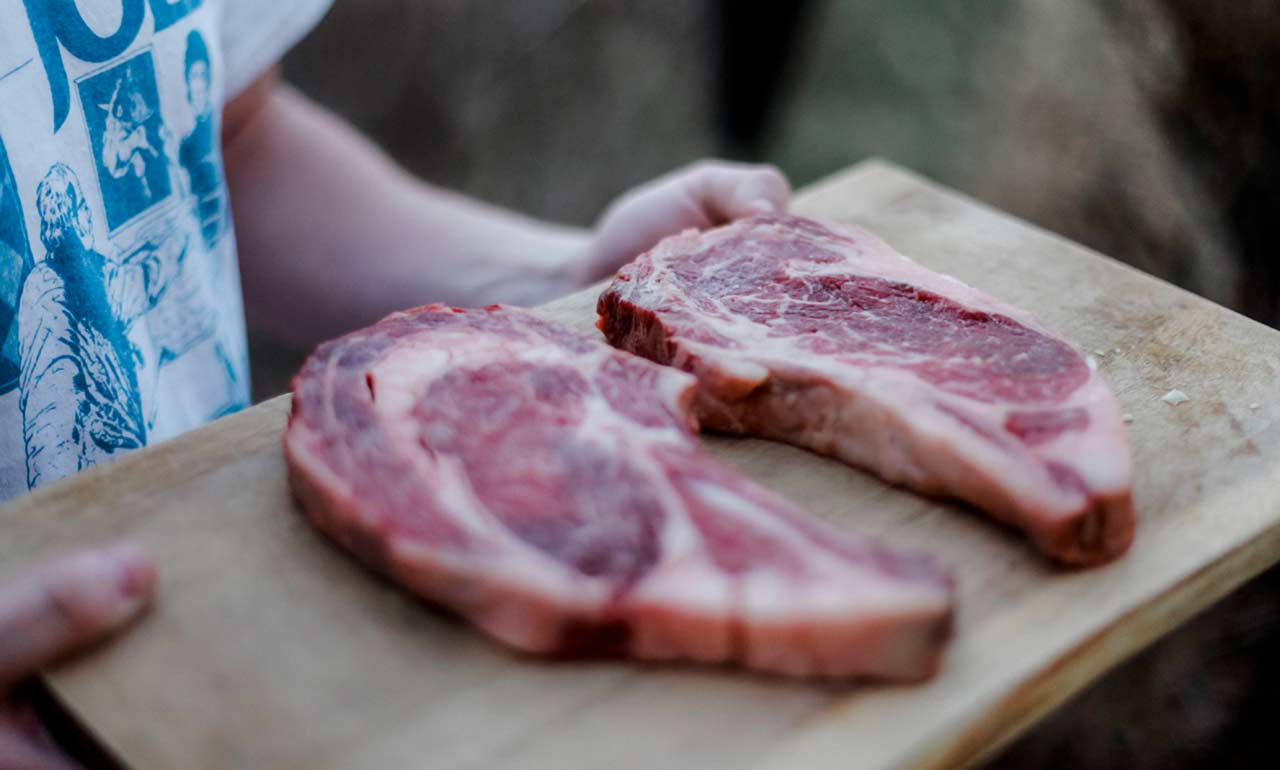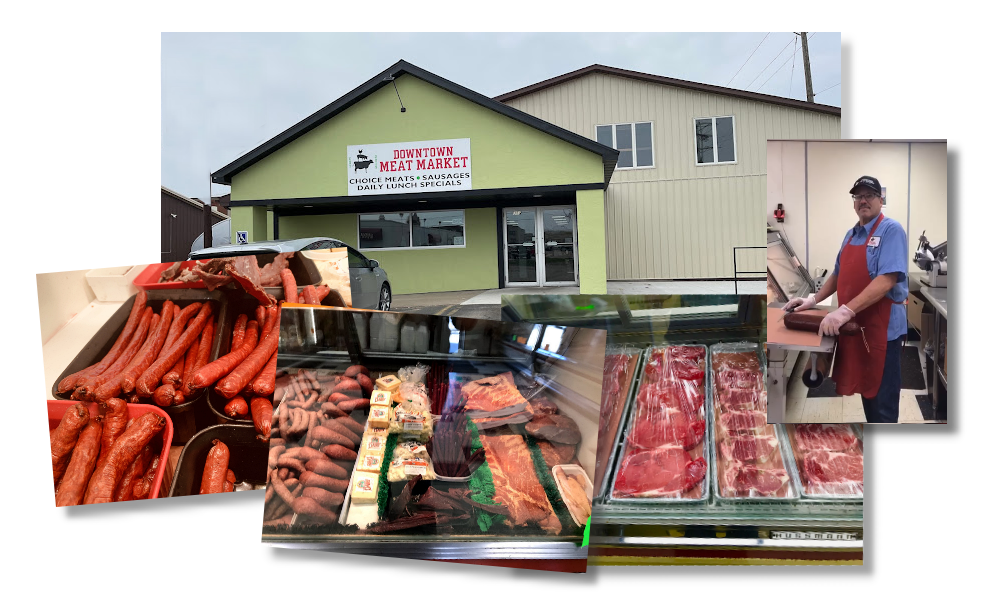Just How to Choose the Perfect Cut of Meat From a Trusted Meat Market
Selecting the excellent cut of meat from a relied on meat market requires a thoughtful technique that stabilizes quality, culinary objective, and budget plan. Recognizing the different types of meat and their corresponding cuts is necessary, as is engaging with your butcher to gain insights into sourcing and preparation. Observing attributes such as shade, structure, and marbling can even more lead your choice. As you consider these elements, it becomes clear that the nuances of your option might significantly affect the outcome of your meal, triggering a much deeper expedition of the standards that truly issue.
Recognizing Meat Cuts


For example, the tenderloin is prized for its buttery texture and very little connective tissue, making it optimal for fast food preparation techniques such as cooking or pan-searing. On the other hand, tougher cuts like the brisket or shank benefit from sluggish food preparation methods to break down collagen, producing rich and delicious outcomes.
Furthermore, the fat web content of a cut plays a vital duty in taste profile and moisture retention throughout food preparation. Cuts with greater fat material, such as ribeye, offer an even more robust taste, while leaner alternatives, like sirloin, may need cautious preparation to prevent dry skin (bagley meat market edwardsville il). Comprehending these subtleties permits informed options that boost cooking developments, guaranteeing that each meal showcases the most effective qualities of the picked meat
Aspects to Think About
When picking the perfect cut of meat, a number of essential elements enter play that can dramatically influence the final meal. Consider the kind of meat you prefer-- beef, pork, lamb, or chicken-- as each deals special flavors and structures. The details cut within that category is equally essential; for example, ribeye supplies rich marbling, while tenderloin supplies a lean, buttery texture.
An additional variable is the cooking approach you prepare to utilize. Cuts ideal for barbecuing, such as T-bones or sirloins, vary from those better matched for slow-moving food preparation, like chuck roasts or shanks. Additionally, quality is critical; constantly select meat with a vivid shade and company appearance, signaling top quality and appropriate handling.
Moreover, consider the resource of the meat. A relied on meat market typically provides in your area sourced, hormone-free, and grass-fed choices, which can boost taste and dietary value. Lastly, your budget plan will lead your choice. Premium cuts might offer extraordinary taste, yet there are likewise cost-efficient alternatives that, when prepared appropriately, can produce scrumptious outcomes. Stabilizing these factors will assist you pick the excellent cut for your culinary needs.
Questions to Ask Your Butcher
A butcher's knowledge can be very useful when selecting the optimal cut of meat for your cooking undertakings. Begin by inquiring about the source of the meat.
Following, inquire about the different cuts available for the kind of meat you favor. A knowledgeable butcher will certainly discuss the subtleties of each cut, helping you pick one that matches your cooking technique and wanted outcome. Do not wait to ask regarding the most effective cooking techniques for a details cut; butchers frequently have ideas that can boost your recipe.
It's also prudent to ask concerning the meat's freshness. A great butcher will certainly be excited to share their know-how and recommend cuts that will certainly thrill your taste. Engaging your butcher with these concerns can dramatically enhance your meat choice experience.
Recognizing Quality Meat

Appearance is another crucial factor; top quality meat should feel strong and slightly resilient to the touch. Stay clear of any cuts that feel slimed or excessively completely dry, as these can show putridity or inappropriate storage space. In addition, scent plays a crucial duty; fresh meat ought to have a tidy, neutral aroma, while any type of off-putting or sour smells are red flags.
Lastly, take into consideration the source. Getting from a respectable meat market, where the meat's origin is recognized, can ensure better criteria. By concentrating on these indicators-- color, marbling, texture, smell, and resource-- you can with confidence pick cuts that will raise your food preparation and eating experience.
Cooking Techniques for every Cut
Picking the ideal cooking technique is extremely important for maximizing the flavor and inflammation of each cut of meat. Various cuts possess unique qualities that dictate the most appropriate food preparation techniques.
For tender cuts, such as filet mignon or ribeye, completely dry warmth approaches like cooking, broiling, or pan-searing are suitable. These strategies improve the natural flavors while making you can try these out certain a juicy, delicious structure. Conversely, harder cuts, such as chuck or brisket, advantage from wet warm approaches, including braising or slow cooking. These methods help break down connective tissues, causing a tender, flavorful dish.
Pork chops and hen breasts are flexible and can be cooked making use of both dry and moist techniques. While barbecuing or roasting can produce tasty results, poaching or sautéing can maintain dampness and inflammation. For lamb, methods like toasting or braising are suggested, as they enhance the meat's robust flavor.

Verdict
To conclude, picking the optimal cut of meat from a reliable meat market necessitates an extensive understanding of meat cuts and factor to consider of numerous factors, consisting of source, quality, and food preparation techniques. Involving with the butcher via targeted inquiries can generate beneficial insights and referrals tailored to particular cooking demands. Prioritizing both high quality article and spending plan will boost the total gastronomic experience, making certain that the chosen cut meets assumptions in both flavor and prep work.